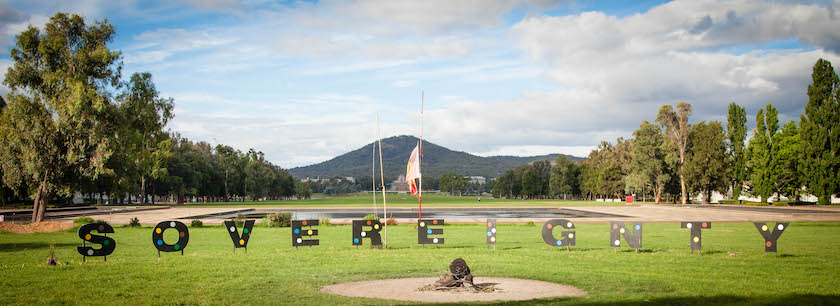Australian Economics
Housing affordability: stop us from getting into debt
If I linked every well-argued articulation of our housing affordability crisis there would be room for little else in these roundups.
One that presents a fairly conventional analysis of the problem, but with a novel approach to the solution, is by Steve Keen, published on Michael West Media: Housing affordability plunge: radical policy the only answer. While most commentators focus on distortionary tax breaks for “investors”, the need for public housing, and zoning regulations, Steve Keen’s radical policy focuses on the problem created by banks having created so much easy money, driving high house prices and high household debt. His solution involves what he calls a “monetary reset policy”, which looks remarkably like a publicly-financed debt forgiveness measure, with mechanisms to stop debt rising again. (In its effects it may not be very different from a sustained period of inflation in which wages and prices rise, while real debt is inflated away.)
Most economists don’t understand money
The ABC’s Michael Janda has an article Economics ripe for a post-pandemic shakeup as Covid kills old assumptions.
The first part “which workers are really essential?” is a summary of Jim Stanford’s paper about our dependence on nurses and delivery drivers while we can do without lawyers and bankers. We covered that in last week’s roundup.
The main part of his article is titled “debt and deficit dynamism”, where he challenges the neoclassical economic belief that public deficits and government debt impose burdens on future generations, and he challenges the belief that public debt crowds out private sector economic growth. He concludes that “most economists don’t understand money”. They take a simple bookkeeping view of money, that ignores the mechanisms by which money is created (through credit), and they tend to be obsessed with ledger entries rather than real resources. Periods of strong real economic growth are also periods of high debt, public and private. This part of Janda’s article is essentially a review of Steve Keen’s recently-published book The new economics.
Who has rights to this land?

The well-established Aboriginal Tent Embassy
Over the last few weeks the summer torpor of Canberra has been disturbed by a group of people, mainly indigenous (or entirely indigenous if we ignore some of their hangers-on) known as the “Original Sovereigns”, demonstrating in front of Old Parliament House. This gathering is quite separate from the long-established Aboriginal Tent Embassy, whose representatives have distanced themselves from these newcomers.
Toni Hassan of Charles Sturt University explains their cause and grievances. While indigenous Australians have long asserted that aboriginal sovereignty was never ceded, this group asserts that the authority of the Australian state is illegitimate: Who are the “Original Sovereigns” who were camped out at Old Parliament House and what are their aims? in The Conversation. She takes us in to the long chain of relationships this group has with the far-right “sovereign citizens” movement, which rejects the authority of any government. It’s a loose coalition of libertarians, anti-vaxxers, pro-gun advocates, and general discontents, mainly in the US but with adherents in other countries.
On a closely-related topic , the ABC has re-broadcast a Big Ideas program How a dispute over land clearing turned deadly. It’s an interview with Kate Holden, author of The winter road, a story of legacy, land and a killing at Croppa Creek. On one level it’s the true and accurate story of a farmer killing an environmental officer who was trying to enforce laws against clearing scrub and destroying habitats.
On another level it’s about our exploitation of the land’s non-renewable resources. There is a lot of money to be made, for a short time, in clearing brigalow scrub to convert land from grazing to cropping, as this farmer was doing, but the benefit is short-lived, for without the brigalow the soils soon become nitrogen deficient.
The main theme is about the notion that people can “own” land, in the way we may own a toothbrush, a Toyota, or even shares in Telstra. The murderer was no hard-up struggling farmer: he was prosperous and well-respected in the community. He was a landholder, and as such felt he had a right to do whatever he wanted to do with “his” land: he was the ageing patriarch of a farming family establishing a respectable business for his sons. As an owner of this land he believed he had unquestioned rights to rid it of pests – brigalow, koalas, prying environmental officers.
The murderer died in jail, unrepentant. In fact, to many he was the victim, and the New South Wales Government, in response to the incident, actually repealed the laws that had made it illegal for him to clear land. That’s the modern political story. But Holden also sees it as a metaphor for Europeans’ brutal occupation of Australia – almost a repetition of the Myall Creek Massacre. In that history, among the pests to be eradicated were the land’s original owners.